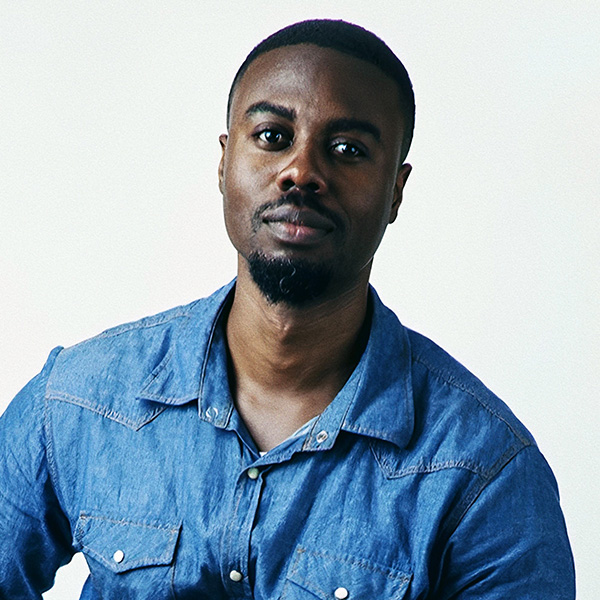Well I believe to foster interdisciplinary collaboration between art, technology, and society, the new university needs to be an environment that strongly encourages and creates spaces for integration, unlocking new possibilities for innovation. From my experience, one way to do this could be through a curriculum that promotes cross-disciplinary learning and collaboration. Joint programs and courses that bring together students and faculty from different disciplines can facilitate holistic learning experiences. As a lecturer and through my work in the creative economy program at the British Council, I’ve seen the transformative power of interdisciplinary collaboration on creative entrepreneurs. In our CESP program, we designed a workshop curriculum that connected creative entrepreneurs with professionals in law and technology, fostering a deeper understanding of copyright issues and technology’s role in their industries. This project had a big impact on the participants who left with a better understanding as well as new networks for support. Also in Africa, where access to education can be challenging, “on-demand learning” plays a vital role. Online platforms, mobile learning, and open educational resources democratize education and empower individuals from diverse backgrounds. By incorporating “on-demand learning” into education, it bridges gaps and unlocks untapped potential. To encourage organic intersections and collaborations, physical spaces within universities should be designed to encourage interdisciplinary exchange and touch points with the community. Maker spaces, innovation labs, and art studios provide the necessary tools and resources to explore the intersections of art and technology. These spaces can convene partnerships with industry professionals and cultural organizations, creating strong connections that enable students to apply their interdisciplinary knowledge and skills in real-world settings. They can encourage collaborative initiatives, projects for students to address societal challenges with creative and technological solutions through innovation funds and competitive events that partner students with community leaders and change makers. Also, creating a culture of inclusivity and diversity is essential. Embracing diverse perspectives leads to richer interdisciplinary collaboration. Platforms for dialogue and cultural exchange promote understanding and open new avenues for exploration.
Fall Term Project: Shared Futures

